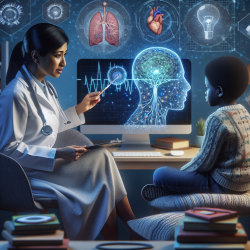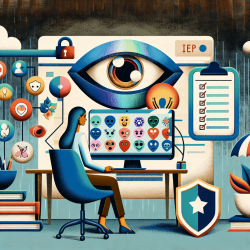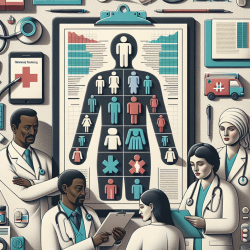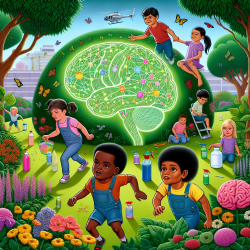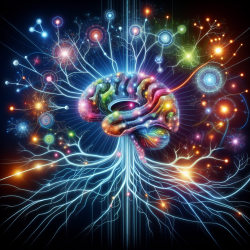Introduction
In the ever-evolving landscape of healthcare, the integration of advanced technologies such as deep learning and artificial intelligence (AI) is revolutionizing how we approach diagnostics and treatment. While the research article "Deep learning and the electrocardiogram: review of the current state-of-the-art" primarily focuses on cardiology, the insights gained can be transformative for practitioners in speech-language pathology, particularly those providing online therapy services to schools like TinyEYE.
Understanding Deep Learning and Its Applications
Deep learning, a subset of machine learning, involves the use of neural networks with multiple layers (hence "deep") to analyze complex data patterns. In healthcare, it has been employed to predict and diagnose conditions by analyzing large datasets, such as electrocardiograms (ECGs). This technology has shown promise in identifying arrhythmias, cardiomyopathies, and even predicting outcomes in novel clinical scenarios.
Translating Deep Learning Insights to Speech-Language Pathology
While the direct application of deep learning in speech-language pathology may not involve ECGs, the principles and outcomes can inspire new approaches to therapy. Here are a few ways practitioners can leverage these insights:
- Data-Driven Therapy: Just as deep learning models analyze ECG data to predict cardiac conditions, speech-language pathologists can use data analytics to tailor therapy sessions based on individual progress and outcomes. By collecting and analyzing data from therapy sessions, practitioners can identify patterns and adjust interventions to optimize child outcomes.
- Personalized Interventions: Deep learning models excel in personalization, learning from vast datasets to provide tailored recommendations. Similarly, speech-language pathologists can use data to customize therapy plans that address the unique needs of each child, enhancing engagement and effectiveness.
- Predictive Analytics: By adopting predictive analytics, practitioners can anticipate potential challenges in a child's speech and language development. This proactive approach allows for early intervention, potentially preventing more significant issues down the line.
Encouraging Further Research and Collaboration
The research on deep learning and ECGs underscores the importance of interdisciplinary collaboration and continuous learning. Speech-language pathologists are encouraged to explore further research in AI and machine learning, seeking opportunities to integrate these technologies into their practice. By collaborating with data scientists and technology experts, practitioners can unlock new possibilities for improving child outcomes.
Conclusion
The integration of deep learning into healthcare is not just a technological advancement; it's a paradigm shift that empowers practitioners to make data-driven decisions. By embracing these insights, speech-language pathologists can enhance their practice, delivering more personalized and effective therapy to children. As we continue to explore the potential of AI in healthcare, the possibilities for improving child outcomes are boundless.
To read the original research paper, please follow this link: Deep learning and the electrocardiogram: review of the current state-of-the-art.
